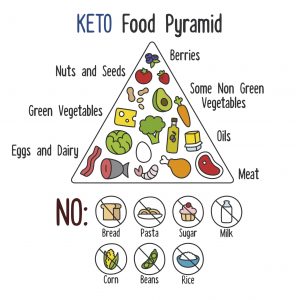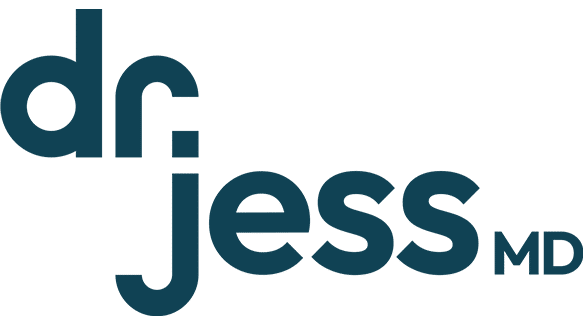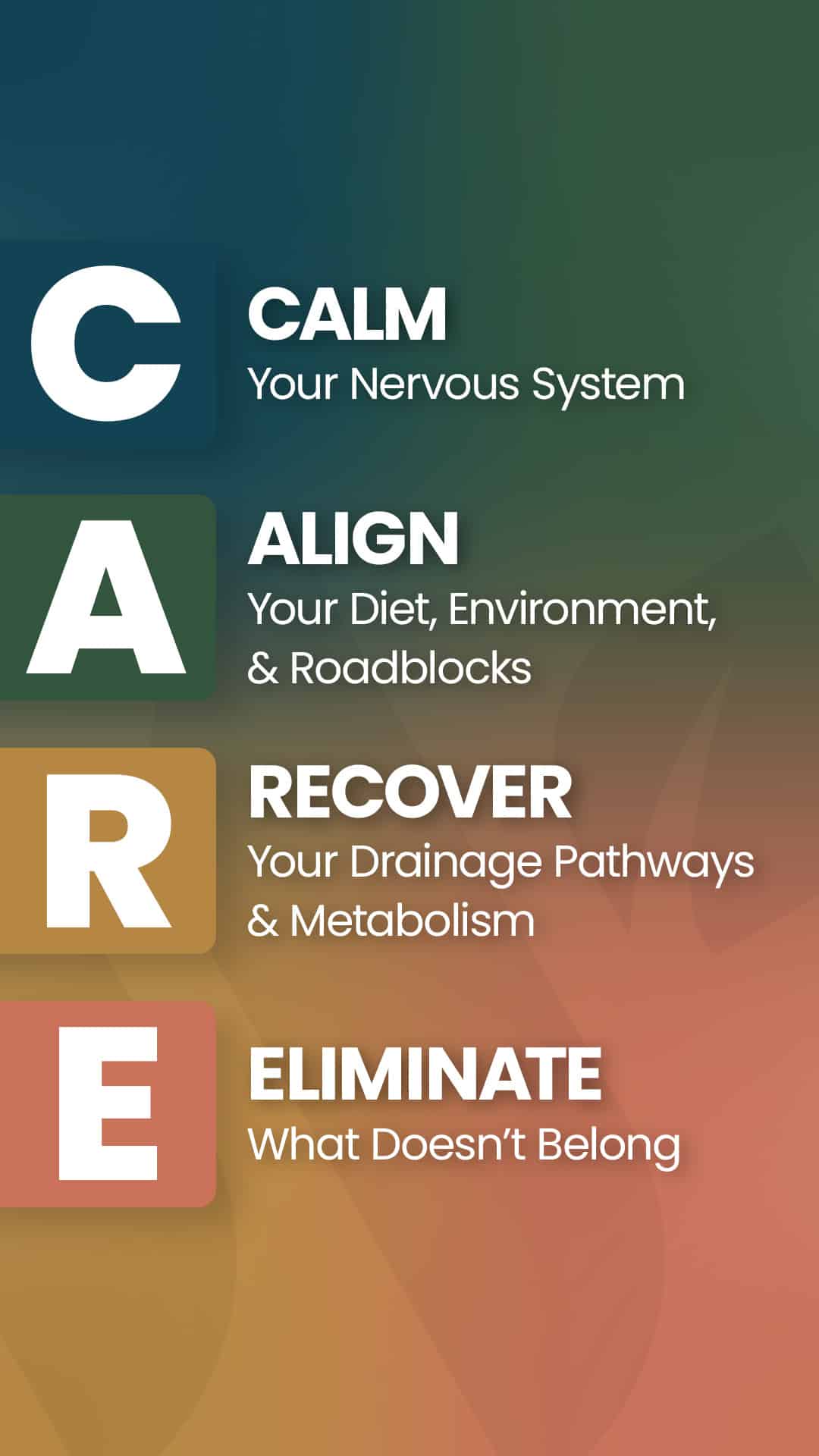The Importance of a Bioindividual Diet
Adopting a clean, plant-based, or vegan diet can be an excellent choice for many people. It helps prevent disease while you are healthy, or it helps you along your journey towards better health. However, it may not be the right option for every individual. Some people experience vitamin deficiencies on a vegan diet. Some people may need to eliminate meat to improve issues with constipation.
Each human being is an individual
We have our own genetic makeup with unique genetic codings or mutations. Thus, our bodies absorb certain foods, nutrients, and medications at varying rates. One diet cannot be suitable for everyone on the planet.
For instance, even the Gerson Institute acknowledges that liver capsules or bone marrow/broth may be necessary to address parasympathetic dominant conditions such as lymphoma or leukemia. They will recommend adding organic yogurt, kefir, chia, hemp, or bone broth to the Gerson diet for someone who needs to add weight. Often, in the elderly or cachetic (those wasting away due to disease), they need urgent intervention in order to reverse their disease.
This may mean incorporating a diet high in protein and often patients cannot do this with plants alone-even under the supervision of a certified Gerson practitioner. People with adrenal fatigue, sympathetic driven, or type A may be prone to constipation. If so, they should still avoid meat consumption. Other people are sensitive to gluten or fiber. Others thrive as a vegetarian or vegan. My point is that I believe in the bio-individuality of diet.
What is the ketogenic diet?

Did you know that there is a diet that has been scientifically shown to drastically improve certain conditions that affect the brain? This diet is the Ketogenic diet.
Hold on – don’t make assumptions here. This is not a typical Atkins, bacon-indulgence fest.
The ketogenic diet is being used for people from children with epilepsy and autism to patients with Lou Gehrig’s disease, brain tumors, traumatic brain injury, Parkinson’s, and other mitochondrial disorders. Epilepsy affects some 2.3 million adults in America and close to half a million children. Furthermore, about one in 26 people will be diagnosed with epilepsy at some point in their lives.
This strict diet consists of about 90% fat and 7% protein and 3% glycemic carbohydrate ratio. Vegetables other than potatoes are considered non-glycemic carbohydrates. Thus they allowed. A more lax version of the diet is 80% fat, 15% protein, and 5% carbohydrate; the ratio of fat to carbohydrate plus protein ranges from 2:1 to 4:1. Higher ratios are more restrictive but also more effective!
We don’t know why the Keto diet works so well for epilepsy. However, the anecdotal evidence seems overwhelming. Some studies show that the Keto diet is beneficial for children who have resistance to conventional anti-seizure medications.
One theory in the ketogenic diet’s success is due to the ketosis that results and its impact on the brain.
It may be the hyperpolarization of neurons, which may stabilize synaptic functioning and increase resistance to seizures throughout the brain. Studies show this may be similar to how fasting works!
Prolonged fasting can produce a metabolic state called ketosis. It is difficult to achieve and maintain. However, when done properly, the body will use fat for energy as opposed to carbohydrates and sugar. The brain can also use fat for energy and this has a profound effect on how the brain functions and interacts, although it is not fully understood quite yet.
Eating a diet that increases the availability of fat and limits of carbs and proteins has a similar effect as fasting. In fact, a proper ketogenic diet is kicked off with a 24-48 hour water fast.
“Now a report, appearing several weeks ago in the journal Neurology, reveals that in fact, a ketogenic diet is also profoundly helpful in treating adult forms of epilepsy as well. This research, published by investigators in Maryland, found that there was at least a 50% reduction in seizures in 32% of patients treated with a ketogenic diet as well as in 29% of patients who went on a modified Atkins diet. In fact, 9% of those placed on the ketogenic diet and 5% of those placed on the modified Atkins diet had a greater than 90% reduction in the frequency of their epileptic seizures. These diets were designed such that the bulk of calories, between 67% and 75%, came from fat. The study revealed that “the anticonvulsant effect occurs quickly with both diets, within days to weeks.” Interestingly, the most common side effect was weight-loss which the office indicated “may be advantageous in patients with obesity.”
Another clinical trial at Great Ormond Street Hospital in 2008 showed that the Keto diet significantly reduced the number of seizures in some children whose seizures did not respond well to automatic electrical devices. After three months, 40% of children who started the diet saw the number of their seizures reduced by over half and were able to reduce their medication.
The diet should be followed for approximately three years. There are many stories like 11-year-old Charlie at the charliefoundation.org – who adopted the ketogenic diet for five years and became seizure-free. He is now in college and eats whatever he wants!
This diet has been the subject of studies in the field of neurology since the 1920s. There are multiple studies validating its efficacy.
What other brain disorders respond to the ketogenic diet?
- Brain Tumors and Possibly Other Cancers – The ketogenic diet produces ketosis which forces the brain to use fats for energy and end glucose utilization? Normal tissue can adapt readily to using ketones (instead of glucose) as a substrate, but malignant cancer cells probably do not have the same degree of metabolic flexibility. Therefore, cancerous tumor cells are preferentially killed over healthy cells! Gerson therapy seems to work well for certain cancers while the ketogenic diet seems to support other cancers. Ketogenic diets have been associated with decreased tumor growth in animal models of gliomas, prostate cancer, and gastric cancer.
- Traumatic Brain Injuries – Again the theory here is that ketosis provides a new and novel way for the brain to extract energy, better known as ATP. Unfortunately, we have only animal studies right now. “Several animal studies have investigated the effect of ketone bodies in traumatic brain-injured rats. A state of ketosis from either fasting or by a ketogenic diet has been shown to improve recovery. In direct contrast to the benefit of a ketogenic diet on brain-recovery is the negative effect of high-sugar, high-fat diets given to brain-injured rats. The recovery in these rats was measurably worse.”
- Autism – A study published in 2003 demonstrated that some children with autism on an intermittent ketogenic diet experienced a significant reduction in autistic symptoms. It has been hypothesized that this is due to the production of adenosine. It seems this diet may be very restrictive for children with autism, who often have a limited variety of foods they choose to eat. Casein and a gluten-free diet have also shown to be promising, so you can imagine how difficult it might be for parents to follow both. Studies are needed to confirm the extent to which the ketogenic diet could help those with autism.
- Alzheimer’s/Parkinson’s/ALS Disorders – In a randomized, placebo-controlled trial of 152 people with Alzheimer’s, a ketone agent extracted from medium-chain triglyceride oil was given as a medication along with a normal diet. The degree of memory improvement was significant in the study group who had Alzheimer’s and was positively correlated with the blood levels of the ketone agent. Aging mice were able to navigate mazes and recognize objects better while on a ketogenic diet compared to a control group of mice on a regular diet. Another animal study showed that ketogenic diet fed to brain-injured mice protected neurons from damage and even allowed them to regenerate! Moreover, a few of my patients have made vast strides concerning their neurodegenerative condition using medium-chain triglyceride fats, better known as coconut oil. Studies are now showing the diet may hold promise in repairing faulty mitochondrial dysfunction too.
What do you eat on the ketogenic diet?

Think tons of healthy fats, nuts, seeds, oils like olive or coconut, grass-fed creams, and butter. This diet is not for everyone. It is for those with a brain condition, and even then, is not recommended long term because of side effects such as kidney stones, elevated cholesterol, constipation and in some, weight loss.
Talk to your trusted healthcare provider to see if it may be right for you. It is not meant for longterm, strict adherence.
This is just one example of a diet that is not the norm for what many of us would consider healthy. Although plant-based diets are what is normally touted, the ketogenic diet has proven that it too holds a place in the healing realm. This is why I personally believe in bio-individual nutrition.
We could all use some more fruits and veggies in our lives, but perhaps we should have a bit of compassion for people who choose a different path than us.
You are becoming your own best doctor!
REFERENCES:
Real Progress From
Real People
FREE CARE Plan eBOOK by Dr. Jess, MD.
This system mirrors Dr. Jess MD's steps with patients in her virtual clinic. It’s not a diagnosis, it’s a roadmap; a step-by-step process designed to help people restore function, remove roadblocks, and rebuild resilience.

